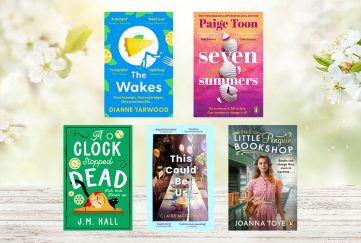“The People’s Friend” And Its Fiction Content

“The People’s Friend” is the biggest consumer of women’s short fiction on the market, publishing over 700 short stories per year across our range of the weekly magazine, specials and “PF” Annual.
For the purpose of this post, I want to concentrate on the three staples of weekly and specials fiction – short stories, long reads and serials.
Short stories
The biggest advice I can give someone who wants to write short stories for “The People’s Friend” is to read the magazine.
Our readers like to read stories with traditional values imbedded in them. Our guidelines refer to how important characters are in our stories; characters whom the readers can relate to and sympathise with – characters who are real to them.
Write with your heart engaged. By that I mean, write because you care about your characters and story worlds
Often writers will say to me they have shed a tear or smiled the biggest smile after finishing a story. If the story matters to you, the chances are it will matter to others too.
Long reads
“PF” Readers like our cosy crime stories, where mystery and tension interweave through the course of the plot.
It’s worth noting that not all our long reads are crime based. We’ve published long reads that are spy or adventures tales.
The important aspect is, it’s a different type of story. Writers have the opportunity to enjoy expansive, intricate storytelling over the course of 9500 words.
Serials
Writers are often proficient in short stories before tackling serials.
Strong emotional content is tied to a serial’s central themes. Family-based, loosely-connected storylines involving family members, relatives and friends. In visual terms, the serial is like a TV soap in print.
A serial can range from anywhere between three and eight instalments. With 5000 words per instalment, writers have the scope to develop their characters.
A lot of serials proposals I read don’t have a distinct protagonist. This is must, as it will give the serial a focal point. There has to be at least one other viewpoint character who has her/his own story.
Don’t litter your serial with a cast of thousands though. This can end up as a blizzard of names for readers to navigate around, and risks diluting the main character’s storyline.





